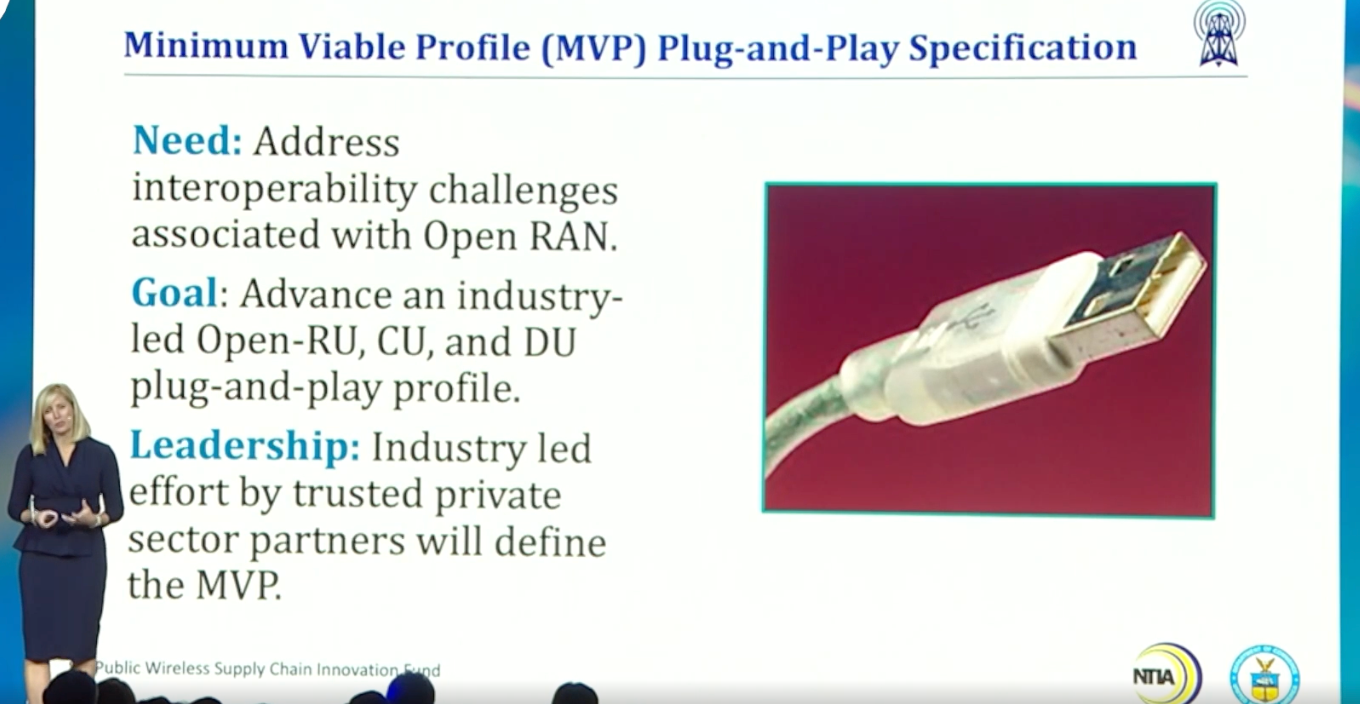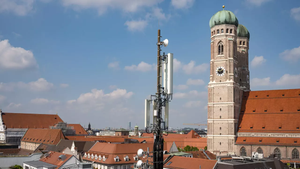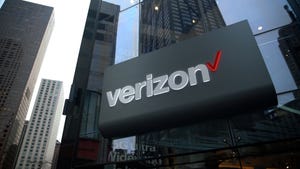The hunt begins for an 'MVP' in open RAN
The White House wants to create a 'Minimum Viable Profile,' or 'MVP,' for open RAN, with backing from Microsoft, Dell, Intel and Mavenir. But some fret market fragmentation.

Top officials in the Biden administration are looking to standardize on a subset of open radio access network (RAN) specifications – a "profile" – that they could then use to promote the technology in the US and internationally.
According to officials and executives involved in the discussions, Microsoft, Dell, Intel and Mavenir are among the companies pushing the effort inside the NTIA, a White House agency. The goal is to assemble a core group of specifications from the O-RAN Alliance that would be considered essential to any deployment of the technology.
That would create a core building block for other parts of the open RAN ecosystem to use, according to people involved in the effort. Just as all Lego bricks feature the same exact measurements, so too would all open RAN networks support the same core group of specifications.
Officials call it the "Minimum Viable Profile," or "MVP," for open RAN.

The NTIA's Amanda Toman discusses the agency's MVP proposal at MWC Las Vegas. (Source: Screenshot from Mobile World Live)
Setting the bar
"The one thing where we see the potential to accelerate the commercial adoption of open access networks is in the area of a specification," explained Amanda Toman, the director of NTIA's Public Wireless Supply Chain Innovation Fund.
In a recent keynote presentation at the MWC Vegas trade show, Toman said the computer industry of the 1990s settled on this kind of MVP-style approach. "It would be really nice if the telecom industry could have that," she said.
"It would not be a 100% solution from the get-go, but it would be something that would provide a minimum level, the capabilities that carriers need to operate with that multi-vendor solution," Toman explained. "This is an opportunity to really accelerate."
Much hangs on the NTIA's decisions. The agency is in the early stages of passing out $1.5 billion in grants through the Public Wireless Supply Chain Innovation Fund, designed to foster the development of open RAN networks domestically and internationally. The NTIA is an agency of the US Department of Commerce that serves as President Biden's principal adviser on telecommunications policies.
Officials from Microsoft, Dell, Intel and Mavenir either declined to comment on the effort or did not respond to requests for comment.
Picking winners and losers
Perhaps unsurprisingly, the NTIA's new MVP proposal has proponents and opponents.
Some executives, including those involved with the NTIA, argue it makes sense for the agency to create what is essentially a definition of open RAN. That way, the NTIA can make sure that the $1.5 billion in grants that it plans to allocate over the next 10 years will be spent on interoperable technologies, rather than proprietary or unpopular offshoots.
After all, the overall goal of open RAN is to create interoperable interfaces across different components inside a wireless network so that mobile operators can mix and match equipment from different vendors. This represents a departure from standard networking deployments, which often feature proprietary connections among components supplied by a single vendor.
But opponents of the MVP concept worry that it could stymie the development of open RAN technologies not included in the profile. Moreover, they fear that the companies involved in creating the MVP might play favorites, moving to eliminate standards that would create an advantage for rivals.
And it is possible that the development of an MVP could create a schism within the open RAN ecosystem between technologies inside the profile and those left in the cold. Already some open RAN players have started worrying about that kind of fragmentation based on some of the new options supported within O-RAN Alliance standards.
'Pie in the sky' aspirations
The NTIA's $1.5 billion open RAN fund traces its origins to discussions about open RAN among policymakers during the Trump administration. Although President Trump's Attorney General, William Barr, lambasted open RAN as a "pie in the sky" concept, others – like Trump's Secretary of State Mike Pompeo – viewed it as a lever against Chinese equipment vendors such as Huawei and ZTE.
Pompeo and others also hoped that open RAN could eventually reestablish big US-based wireless network equipment suppliers, which have been missing since the fade of companies like Lucent and Motorola.
That hope is still alive in the Biden administration. "It will be really nice to have US competitiveness in this space," said Toman, who leads the NTIA's $1.5 billion open RAN fund.
After developing rules around the funding program, the NTIA announced its first $5.5 million in Public Wireless Supply Chain Innovation Fund grants this summer. The grants mostly focused on creating facilities for open RAN testing.
Toman said future grants would focus on other aspects of the open RAN ecosystem. She expects early action in the space to center on private wireless networks, and later for the technology to migrate into public networks.
Toman made no mention of Dish Network, which has loudly promoted its open RAN network that now covers roughly 240 million people. Nor did she mention Verizon, which for years has been deploying equipment with some open RAN specifications.
However, Verizon's new networking chief, Joe Russo, offered some tepid comments on the technology recently. "We're doing a lot of testing, we're very interested in what that comes to be, but we don't see it today at scale," he told SDXCentral.
But the US isn't the only government pumping public money into open RAN. The UK recently announced $110 million for open RAN research and development.
About the Author(s)
You May Also Like












